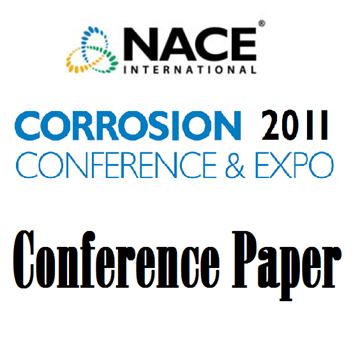Search
Failure Analyses On A Super Duplex Stainless Steel Tube Material Before And After Slow Strain Rate Testing In Sour Conditions – Part 2: A Case Study On Local Corrosion
Also Purchased
Failure Analysis On A Super Duplex Stainless Steel Tube Material Before And After Slow Strain Rate Testing In Sour Conditions - Part 1: SCC Susceptibility
Product Number:
51322-17998-SG
Publication Date:
2022
$20.00
Failure Analysis Of 4-Inch Welded Fittings In Treated LPG Service
Product Number:
51322-17850-SG
Publication Date:
2022
$20.00
11294 Susceptibility of Hydrogen Induced Stress Cracking of Duplex Stainless Steel at Elevated Temperature
Product Number:
51300-11294-SG
ISBN:
2011 11294 CP
Publication Date:
2011
$20.00




